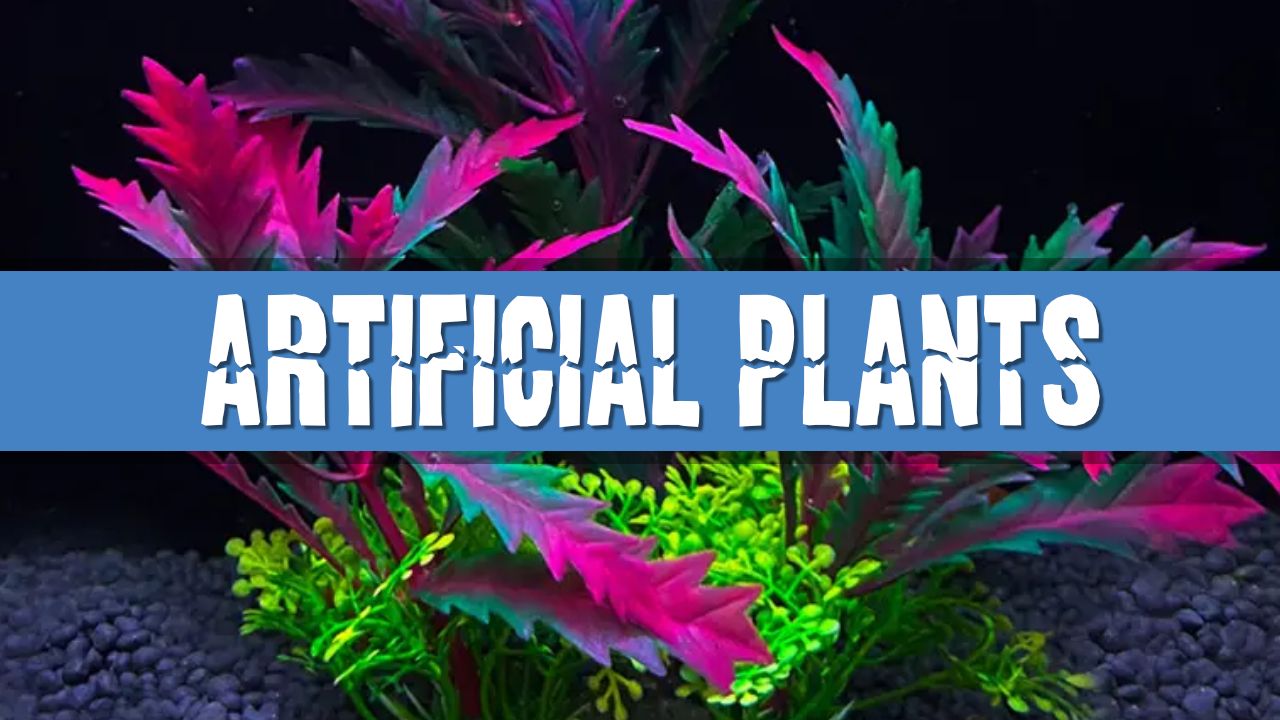Artificial Aquarium Plants - Good or Bad Idea?
High-quality artificial plants designed for aquariums are generally safe for fish. However, ensure they are made from non-toxic materials, lack sharp edges, and are regularly cleaned to prevent algae buildup. Always choose quality over affordability to ensure fish safety.

Gazing into the clear waters of my friend Jane's newly set up aquarium, I was transfixed by the vibrant colors of the fish and the beautifully crafted decorations inside. Yet, amidst the serenity, Jane had one burning question - she pointed towards the bright green artificial plants and with a hint of concern in her eyes, asked, "Do you think these could harm my fish?"
A valid question, and one that many aquatic enthusiasts share. In this article, we'll deep dive (pun intended!) into this very query and I wanted to share my findings about artificial plants in fish tanks.
At a Glance
| Section | Highlights |
|---|---|
| Why Use Artificial Plants? | Convenience, aesthetics, low maintenance |
| Potential Harms of Artificial Plants | Chemical leakage, sharp edges, algae buildup |
| Choosing the Right Artificial Plants | Material quality, size appropriateness |
| Maintenance of Artificial Plants | Regular cleaning, visual inspections |
Why use Artificial instead of Live Plants?

- Convenience
- Aesthetics
- Low Maintenance
Convenience
For many, the idea of adding plants to their aquariums is a way of mimicking a natural environment for their aquatic friends. But real plants can be a challenge, especially for beginners. Artificial plants offer a level of convenience unparalleled by their natural counterparts. You won’t need to fret about providing the right nutrients, light, or CO2 levels.
Aesthetics

No wilting, no browning, and a persistent vibrancy. Artificial plants, especially the high-quality ones, provide a consistent aesthetic appeal. They stay evergreen and can create an ideal visual environment for your fish.
Low Maintenance
One of the greatest advantages of artificial plants is their low maintenance requirement. There's no need for pruning, ensuring appropriate growth, or battling the occasional plant diseases or pests.
Potential 'Risks' of Artificial Plants
- Chemical Leakage
- Sharp Edges
- Algae Buildup
Chemical Leakage
This is the most common concern among fish owners. Cheaper artificial plants, or those not specifically designed for aquarium use, can leak harmful chemicals into the water over time. These chemicals can affect the water's pH and toxicity levels, potentially harming the fish.
Sharp Edges
Some artificial plants might have sharp edges or parts that can harm the fish, especially the ones with delicate fins. Always inspect the plants before introducing them to the tank and ensure there are no potential hazards.
Algae Buildup
Like any other object in an aquarium, artificial plants can become a breeding ground for algae. This doesn’t directly harm the fish, but an overgrowth of algae can impact the water quality and, by extension, the health of your fish.
Choosing the Right Artificial Plants
- Material Quality
- Size Appropriateness
Material Quality
The quality of the material from which the plant is made is paramount. Always opt for non-toxic, aquarium-safe materials. This ensures that even as the plant stays submerged for long durations, it doesn’t degrade or release harmful substances into the water.
Size Appropriateness
Fish, especially the smaller varieties, can easily get entangled in or stressed by large, overwhelming artificial plants. Choose plants that complement the size of your fish and tank. This not only ensures safety but also enhances the overall appeal of your aquarium.
Maintenance of Artificial Plants
- Regular Cleaning
- Visual Inspections
Regular Cleaning
Even though artificial plants are low maintenance, they do require regular cleaning. Over time, detritus and algae can accumulate on them. Periodically removing them from the tank and giving them a gentle scrub can keep them looking vibrant and ensure they remain a safe environment for your fish.
Visual Inspections
Always keep an eye on your artificial plants. Inspect them for any signs of degradation, wear and tear, or potential hazards. Replace them if they start to break down or exhibit any features that could harm your fish.
Let's Sum Things Up!
Artificial plants can be a wonderful addition to your aquarium, offering both aesthetic appeal and a semblance of the natural world for your fish. However, as with any decorative addition, they come with their set of precautions. By choosing high-quality, aquarium-safe materials, conducting regular maintenance, and ensuring size appropriateness, you can keep your fish safe and your aquarium looking stunning.
Remember, whether you go for real or artificial plants, the safety and well-being of your aquatic pets should always be a priority.
Happy fish-keeping!

